People frequently believe that surgical hair transplants are the most effective treatment for hair loss. Although hair transplant surgery can be effective, most people are dissatisfied with the lack of coverage and density. People who are experiencing hair loss will naturally inquire as to how many times the surgery can be performed. I’ll go over what hair transplant surgery is, and non-surgical options for hair loss treatment.
Throughout my career, I’ve performed hair transplant surgery. For many years, I was frustrated by the difficulties of hair transplant results due to graft survival variability. In 2011, I used a material called extracellular matrix by the company ACell to improve hair graft survival. After about a year, I discovered that native thinning hair that had not been transplanted had increased in number and thickness.
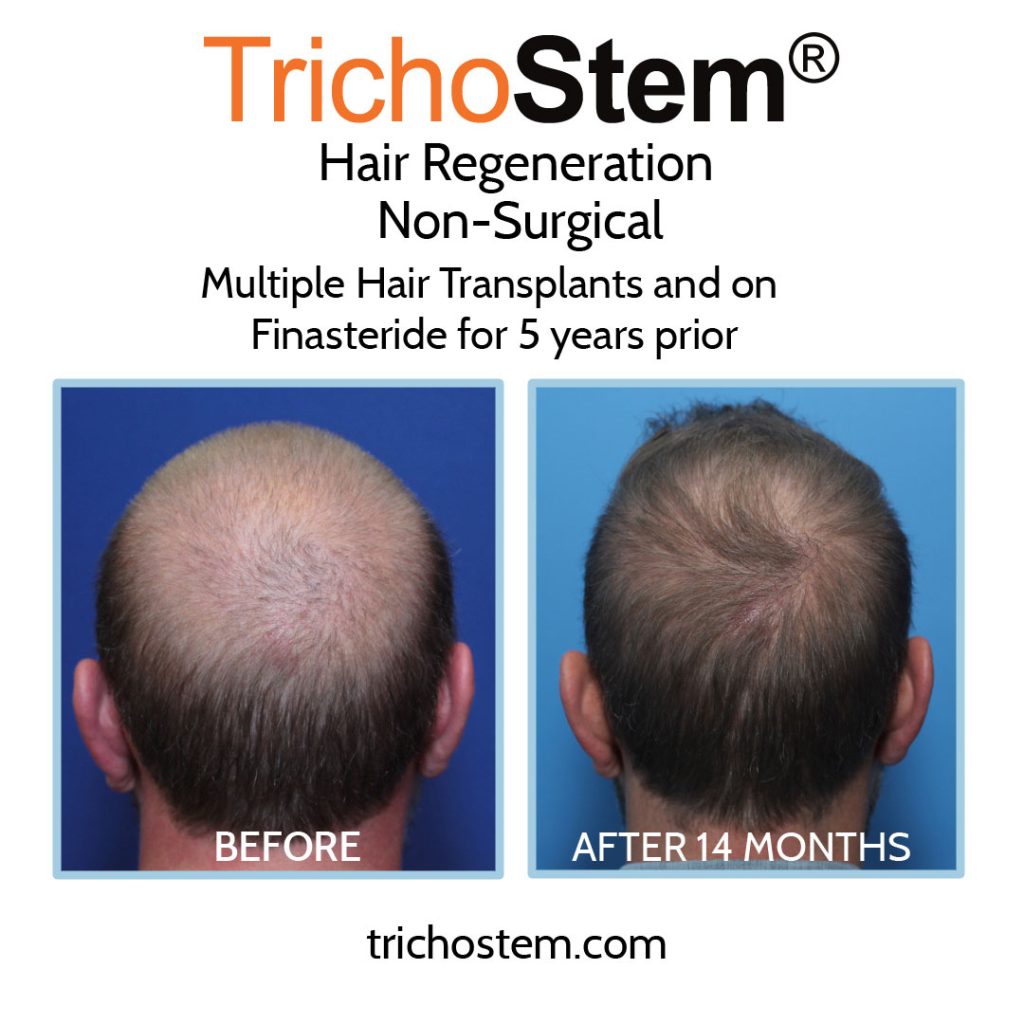
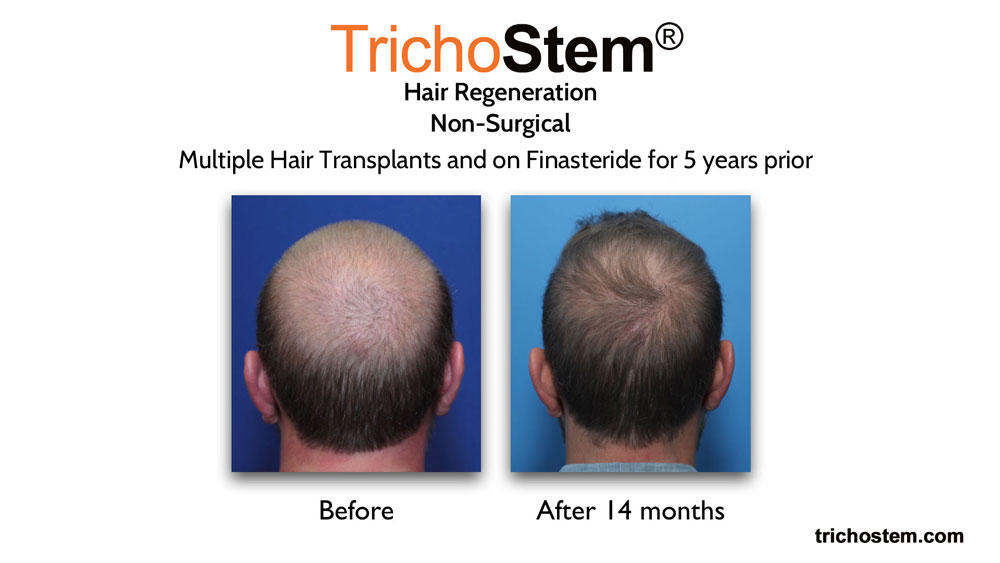
Over the course of several years, I refined this initial discovery into TrichoStem Hair Regeneration, a non-surgical, stand-alone treatment for male, and female pattern hair loss. Every year since 2011, we’ve treated hundreds of patients from all over the world. With the success of our system, we decided to open a separate hair loss treatment center in Northern Virginia.
Understanding the Limits of Multiple Hair Transplant Surgeries
If you’re thinking about having multiple hair transplant surgeries, you should know that there are only a limited number of hair grafts available for transplantation. The number of grafts is limited whether you undergo follicular unit extraction or FUE, where hair grafts are harvested from a wide area in the back and sides of your head, or follicular unit transplantation aka “FUT,” where a strip of hair bearing skin is harvested from the back of your head. Since hair follicles do not regenerate after being extracted, they are valuable and irreplaceable, which is why graft survival in hair transplants is critical.
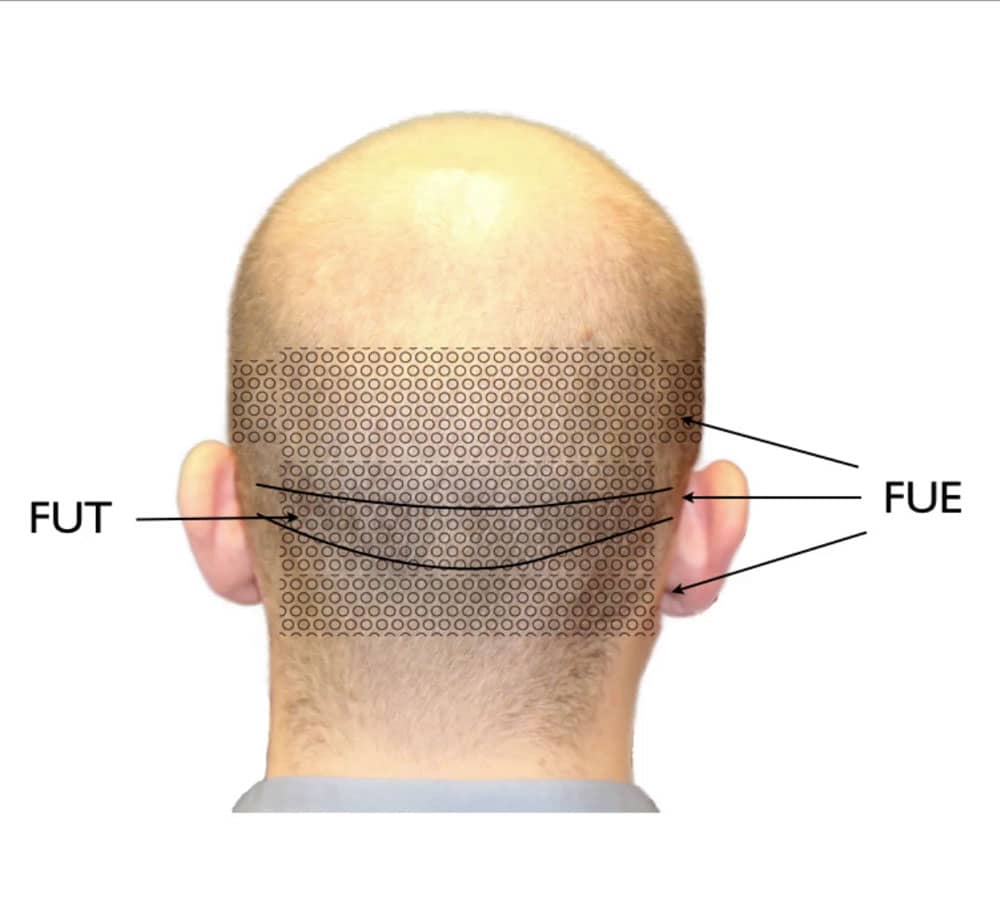
Graft Availability
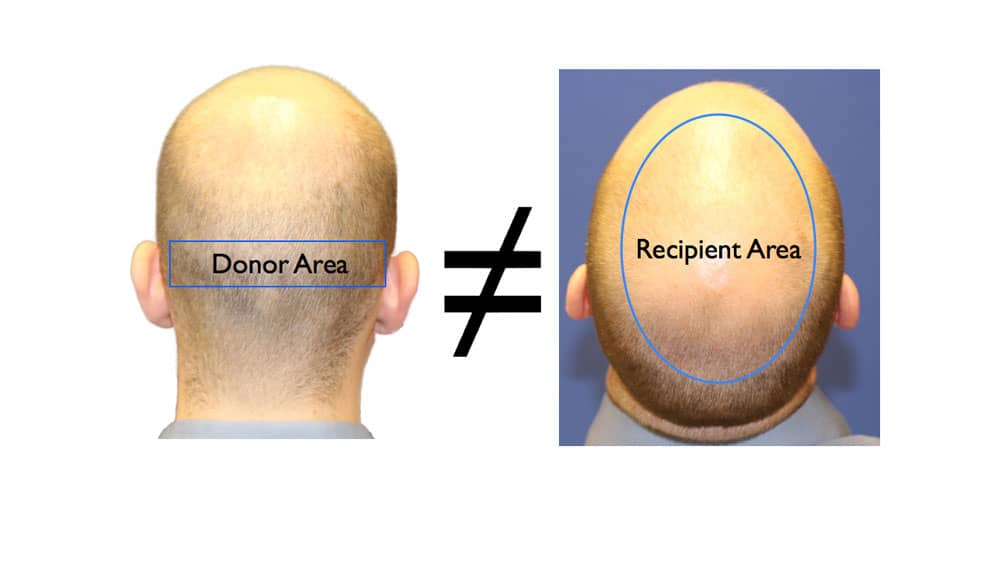
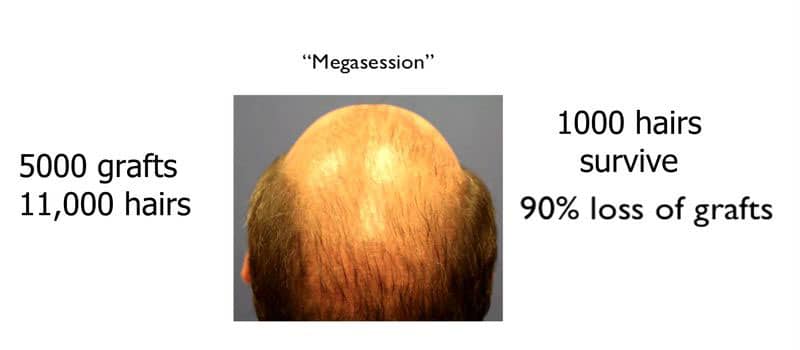
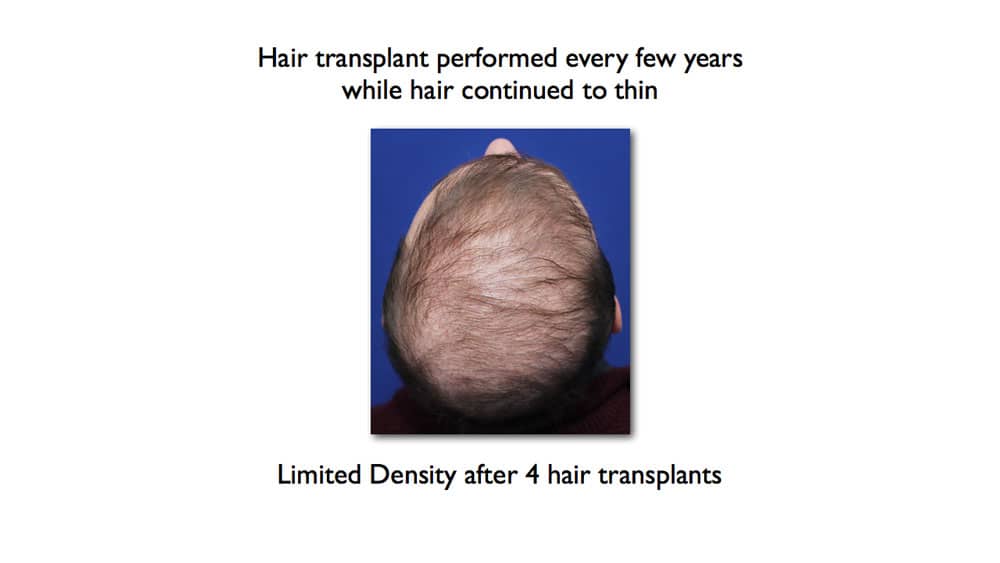
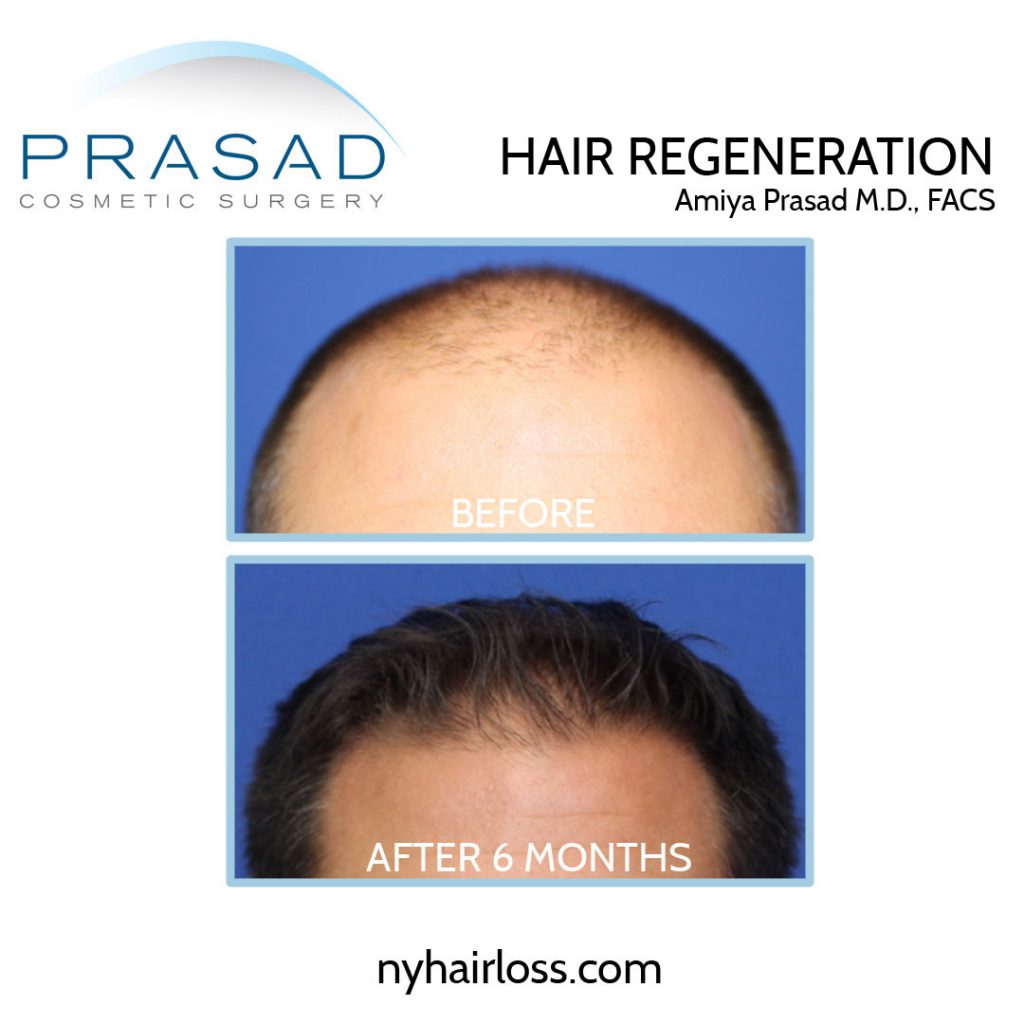
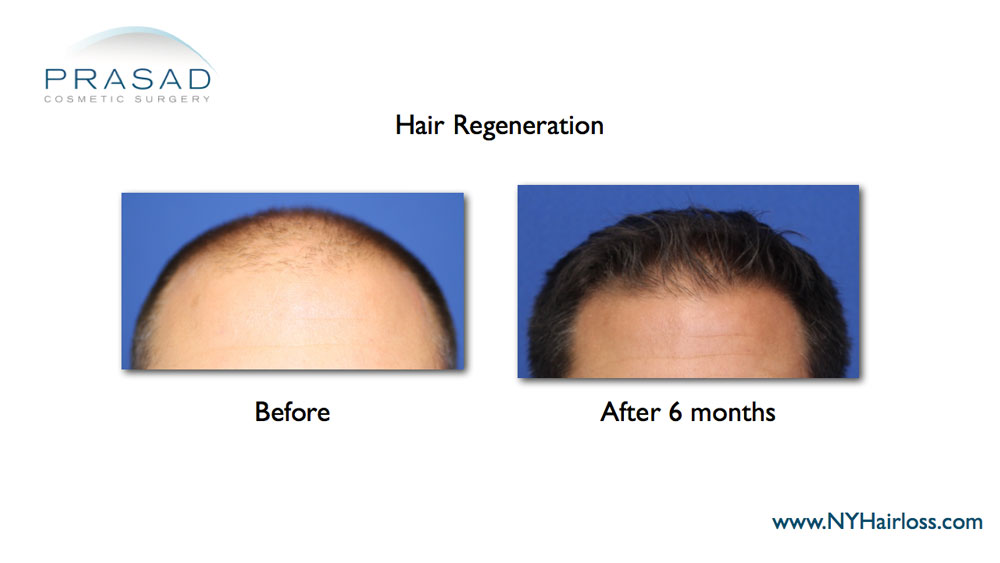
TrichoStem Hair Regeneration - A Non-Surgical Solution for Hair Loss
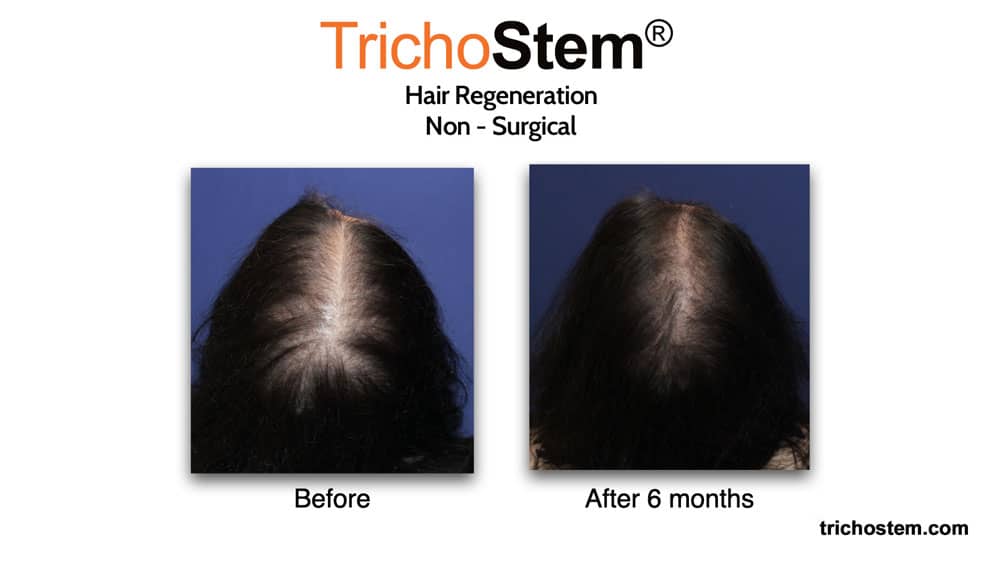
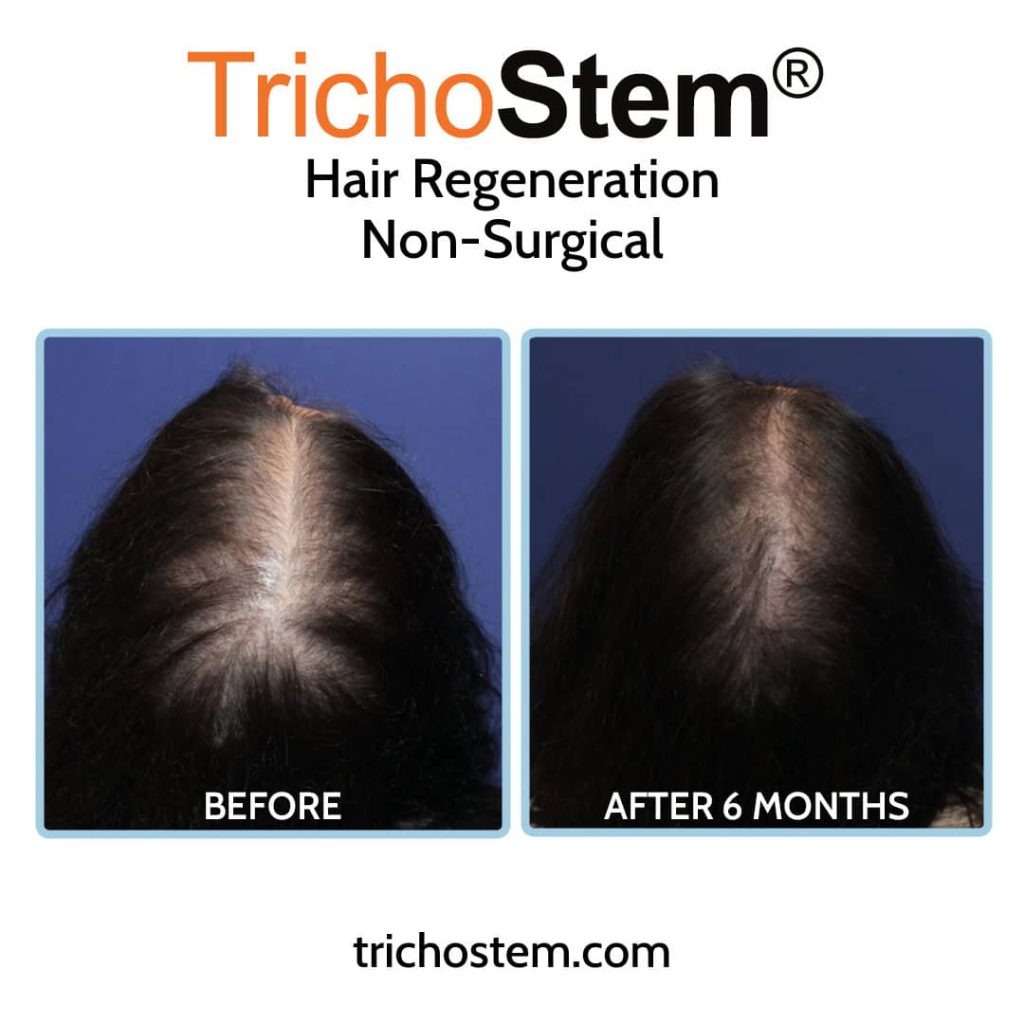
Patients who have previously had hair transplants benefit from TrichoStem Hair Regeneration as well. It appears that previously transplanted hair is still viable, but it is not growing as well as it once did. As a result, the density of hair from previous hair transplants frequently decreases over time. Many of our patients are ecstatic after undergoing TrichoStem regeneration and seeing regrowth of previously transplanted hair.
We see a lot of patients who had hair transplant surgery within the first three months. We’ve discovered that TrichoStem Hair Regeneration treatment can help increase the yield of transplanted hair, heal the donor area, and optimize their existing native hair for better overall scalp coverage.
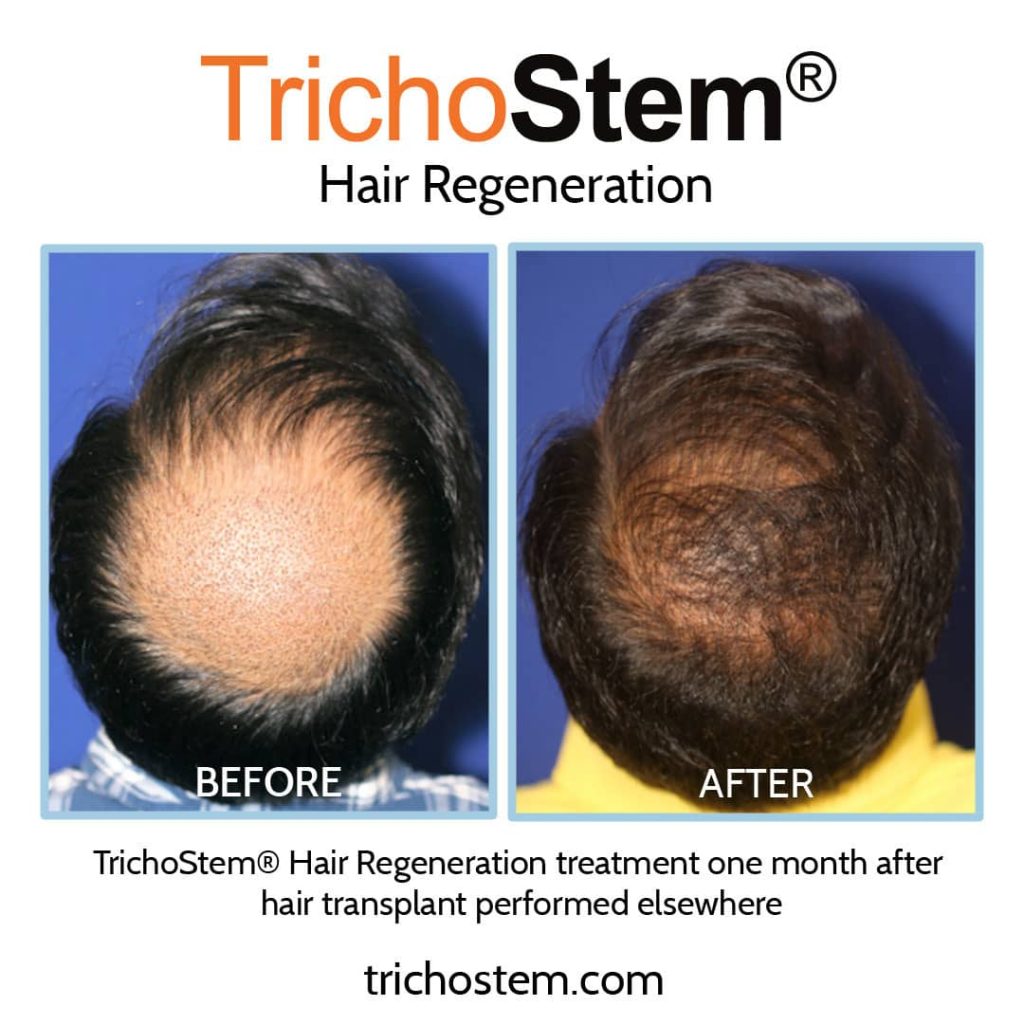
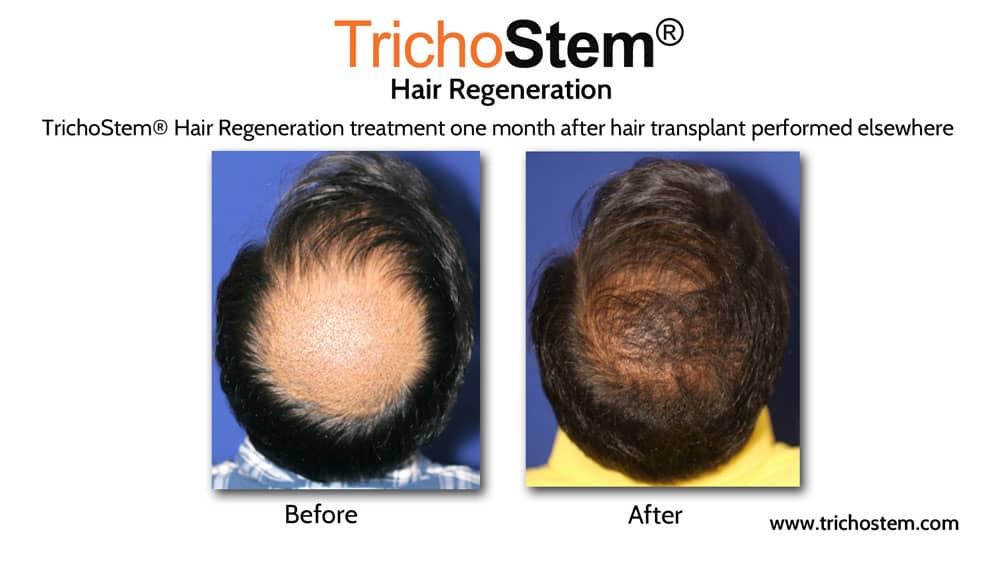
Combining TrichoStem Hair Regeneration and Hair Transplants: A Strategic Approach to Advanced Hair Loss
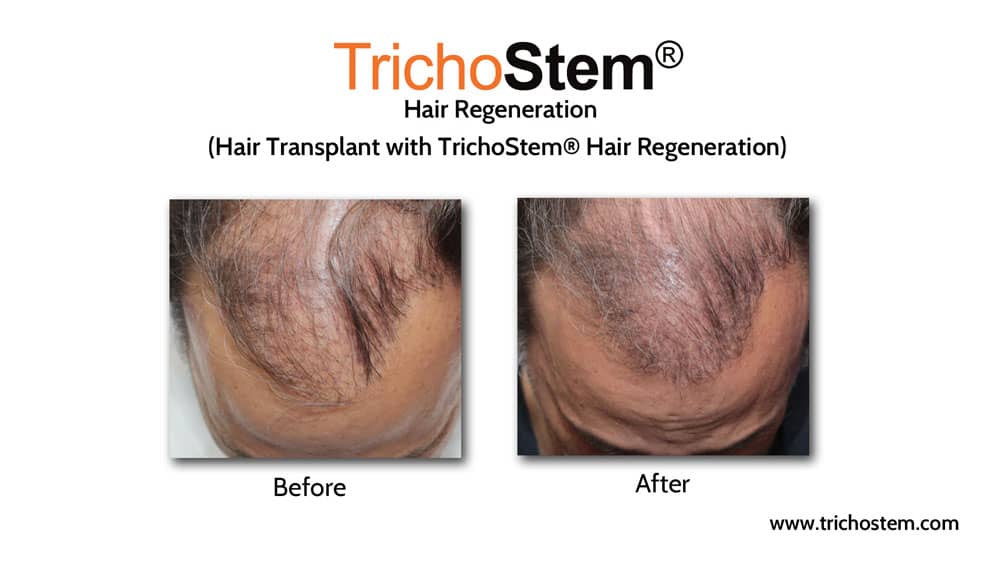
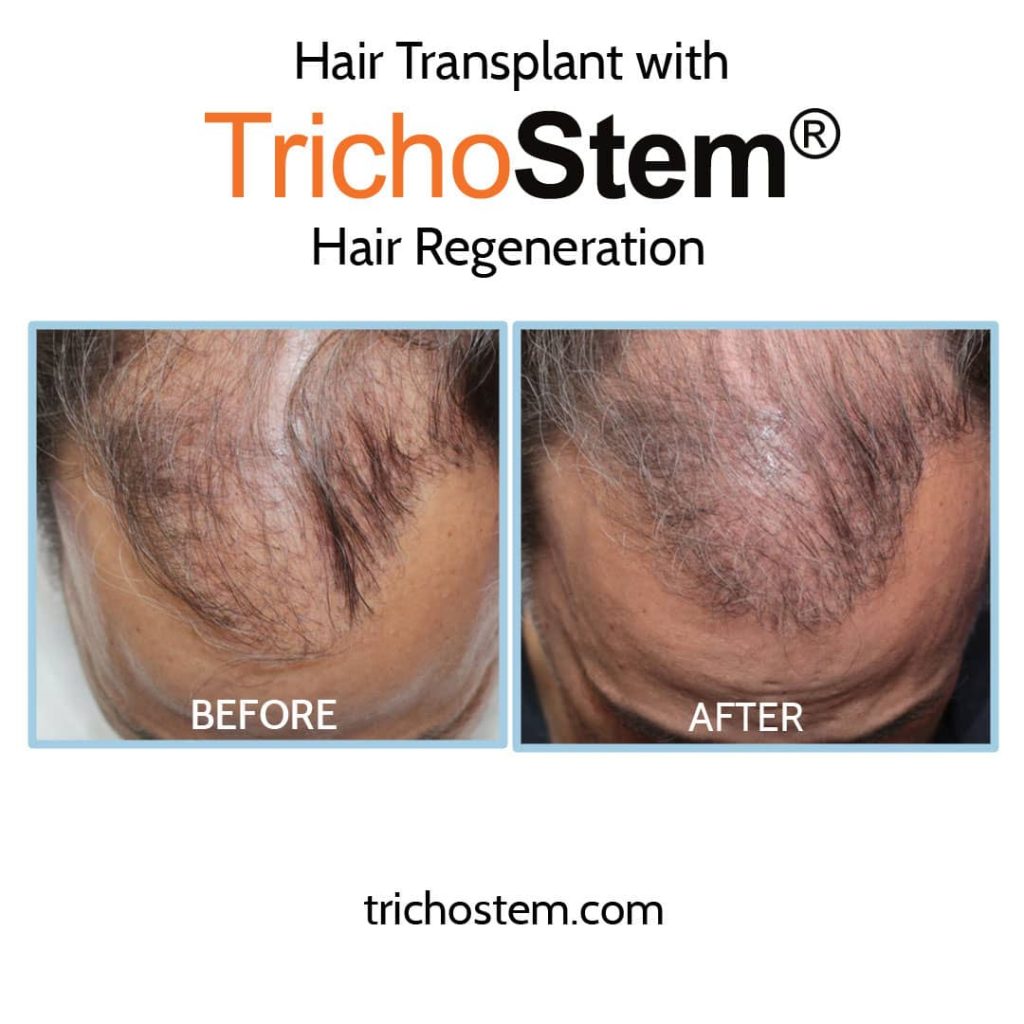
Hair Restoration Manhattan and Garden City, New York
Dr Amiya Prasad is a Diplomate of the American Board of Cosmetic Surgery, and a Fellowship-trained oculofacial plastic and reconstructive surgeon. He’s been in practice in New York City and Long Island for over 25 years. To schedule appointment, fill out the form below, or you may call any of our offices at (212) 265-8877 Manhattan, New York City or Garden City, Long Island at (516) 742-4636; or Vienna, Virginia at (703) 356-1336.
